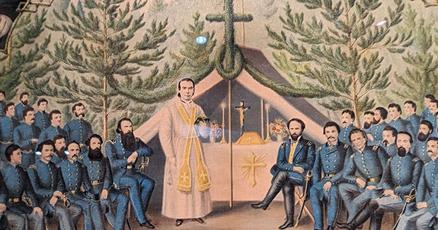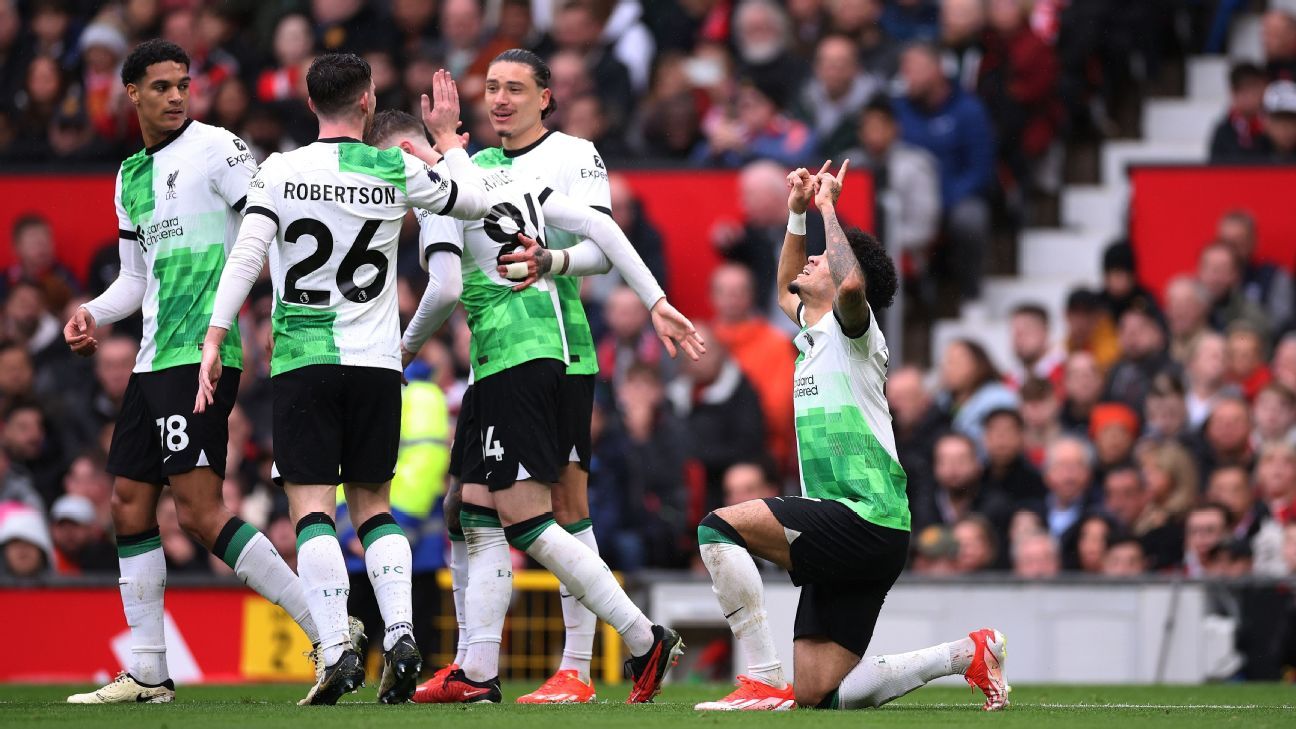The Civil War ended more than a 150 years ago, but arguments over the cause of the American conflict go on.
One subject that shouldn’t be overlooked, however, is how religion, the interpretation of the Bible and the break-up of the church in the southern states helped influence the start of the war.
That’s the basis of “Faith in the Fight,” an exhibit continuing through June 1 at Kenosha’s Civil War Museum.
“Even though the Civil War was not a war of religion, we cannot understand America’s most profound event if we overlook the fact that the conflict was a very religious one,” said Doug Dammann, the Kenosha Public Museums’ education coordinator.
He, along with museum staffers Gina Radandt, Rachel Klees Andersen, Dean DeRose and Martin Antaramian, working with several research volunteers, curated the temporary exhibit.
People are also reading…
“When you look at letters and diaries of the soldiers involved in the war,” Dammann said, “these materials are rife with religious references.”
Religion, he added, “is an often overlooked aspect of the Civil War.”
The primary sources for the exhibit are first-person accounts, with artifacts from the museum’s collection, along with items on loan from private collections, the University of Notre Dame and the Sisters of Charity.
A lot of the soldiers, Dammann said, “were away from home for the first time. They were young men living in the camps and a lot of them fell back on religion as a way to stay away from the influences of gambling and drinking.”
Differing views
Religion and faith were among the greatest of social motivators that helped bring about the Civil War, promoting and encouraging both the abolition and secession movements.
“During the 19th century, the Bible was America’s best-selling book. Ordinary Americans read it frequently, accepted it as the Word of God, and saw it as an enormous personal resource,” according to the exhibit.
But, starting in the 1770s, people disagreed on how to apply Biblical teachings in regards to what the Bible said about slavery.
When one person used the Bible to attack slavery, another used it to defend slavery.
“Even though northern and southern Evangelical churches shared similar theology, governance and missionary work,” the exhibit materials said, “they increasingly grew apart in the 1830s and 1840s because of their positions concerning slavery.”
Consider this quote from 1862 in The Religious Herald, one of the earliest Protestant newspapers in the United States: “The most unmitigated set of villains they have in the South are the Methodist, Baptist, Presbyterian and Episcopalian preachers all talking secession, drinking mean liquor and advocating the cause of Jefferson Davis and the devil.”
Fiery preaching from religious leaders fanned the flames of war and heled justify it on religious terms.
Opposing religious crusades developed in the North and South, with each claiming God was on their side.
The role of chaplains
At the center of religious life in the armed services were the chaplains, with one per about a thousand soldiers.
The chaplains were “mostly Protestants because that was the dominant religion,” Dammann said. “They were all Christians until 1862, when the president amended the rules to add rabbis.”
Chaplains, he said, “organized prayer meetings and did other services, too, like helping with medical care, reading to the men, writing letters home for soldiers and even collecting money to send back home to their families.”
The effectiveness of chaplains and the impact they had on soldiers often varied. Some chaplains earned the respect of their regiment and were held in high regard. Others, for a variety of reasons, could not connect with the men through words or actions.
Consider this letter, written by Jonathan Knapp, a soldier with the 4th Wisconsin Light Artillery, on Dec. 26, 1864: “I have no religious society and have not seen a chaplain since I have been here. Where are they; feasting with drunken officers or what has become of them.”
Two years in the making
The exhibit “was an idea for more than two years,” Dammann said of the work that went into “Faith in the Fight.”
“Doing all that research takes time,” he added.
Now that that exhibit is on display, he’s happy with the results.
“It’s very visually appealing, with the different panels and the videos,” Dammann said.
The Rev. Robert Miller “is a great resource for all of this,” Dammann said. “’Father Bob’ has done extensive research on this subject and recorded the four videos that are part of the exhibit. He’s like a tour guide through the exhibit.”
While working on “Faith in the Fight,” Dammann was most surprised by “the theological crisis that came before the war. Churches were splitting up over slavery, and both sides used religion to either defend or attack slavery.”
That split in the churches, he added, “became a political split, too.”
The role of religion in American life — and the role of chaplains in the military — “are relevant to our society today,” Dammann said.
That sentiment, he said, is reflected in feedback from visitors to the exhibit.
“I’ve heard people saying things like ‘this parallels my own experience with religion,’ and we’re hoping learning about this history can lead to conversations about these topics.”
Get local news delivered to your inbox!
Subscribe to our Daily Headlines newsletter.




